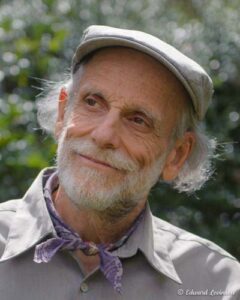
fall wind
takes the unknown road
spreading wings
秋の風 未知の道行く翼伸ばす
aki no kaze, michi no michiyuku, tsubasa nobasu
People often ask me why I came to Japan and what its like to make a home in a different culture; it has always been difficult to tell the “long story.” My life here parallels my personal journey of growth. The key to learning has always been listening, seeing, and feeling with my heart. Certain things in life are universal, others are dependent on place and time. Through my photography and writing I try to capture both worlds.
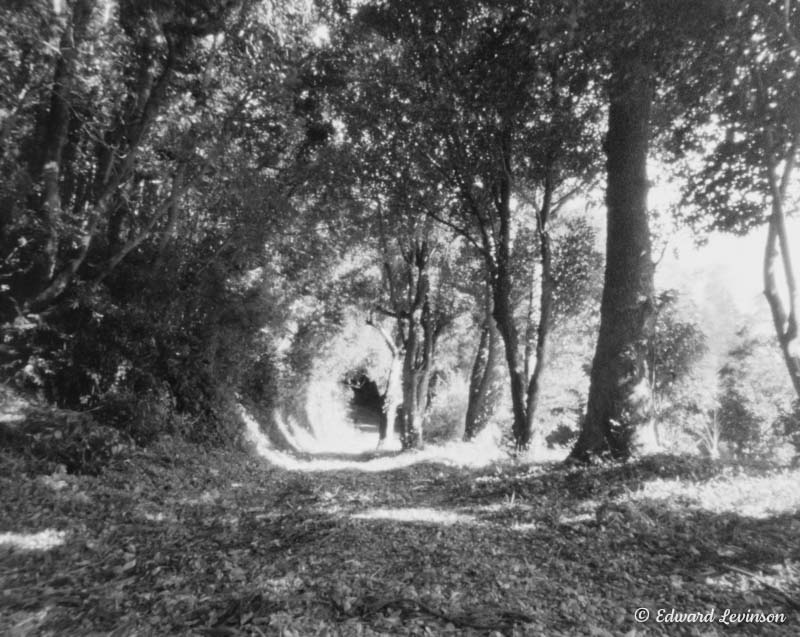
gingko leaf
floats to the ground
homecoming
銀杏の葉地上に散りて里帰り
ichō no ha, chijō ni chirite, satogaeri
Fall 1979. My first home and furusato in Japan was in Ono, a non-descript village near Shuzan in the Keihoku-cho mountain area of Kyoto-fu. Various introductions and paths led me there and I ended up doing a month long impromptu homestay with an expat organic farmer and his Japanese wife and children. He was a student of Masanobu Fukuoka’s method of Natural Farming as related in the book One Straw Revolution. Reading that book in 1979 while homesteading in the woods of Virginia had kindled my interest in Japan. I came on a vagabond whim without knowing any Japanese language and very little about the culture. Never did I imagine I would still be here 40 years later.
I went from the usual backpacker life to living in Tokyo where my first job was working as Japanese gardener apprentice for three years, learning skills I still use today, both philosophically and physically. It blessedly kept me connected to nature while living in city. I also somehow managed to get a missionary visa for three years to teach meditation and a modern universal version of Sufism. Most likely, I was the first and only person to do so!
In 1988, I moved to the Boso Peninsula in Chiba Prefecture where I once again took up the country lifestyle, turning it into a profession. As a photographer and writer, nature and the Japanese countryside were my main themes. Over the years my partner, author Tsuruta Shizuka, and I have collaborated on many vegetarian cookbooks and other natural lifestyle books for the Japanese market. During the 1990’s we held many Earth Day events, workshops and charity events, and hosted more than 30 children from Chernobyl in a healthy immune-system building homestay program.
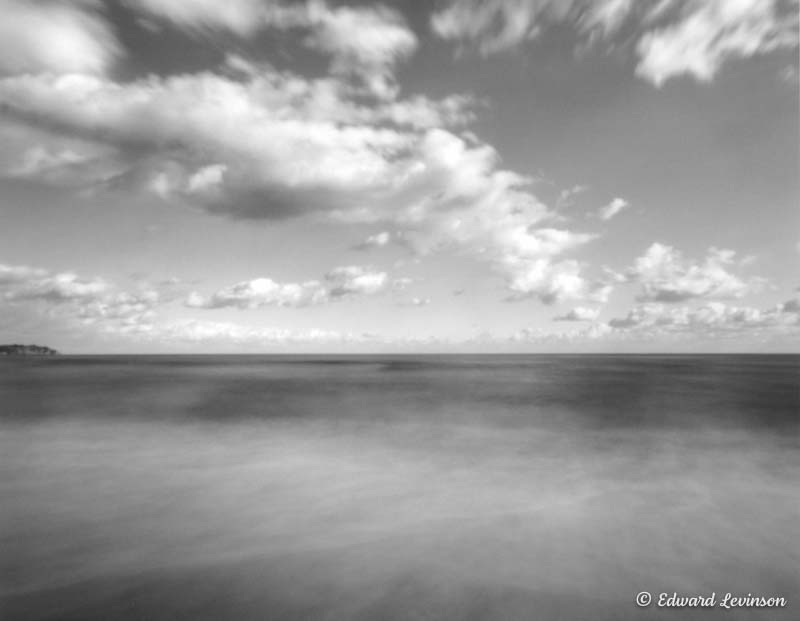
Photography and writing blended seamlessly with my interest in meditation and the spiritual life. Doing meditative slideshow presentations or with my art photographs on the walls at exhibitions, people often asked me which came first: Did my Nature Meditation practice inspire the images, or was it a nature photograph that inspired a peaceful meditation. I suppose, like a Zen koan, there is no correct answer. But I do know that these aspects of my life need to be together.
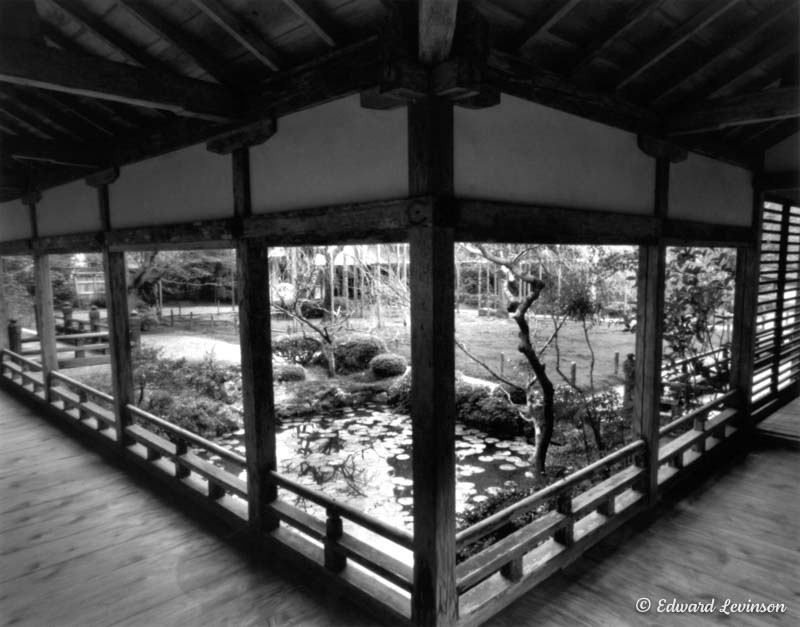
Seeking technical simplicity, I have been specializing in pinhole photography since 1993. The pinhole technique requires slow exposures allowing me to experience the scene at a more natural speed, drinking in a view for 30 seconds or a couple of minutes, rather than average 1/125 of a second of a regular camera.
Kyoto and its motifs appear in many of my series. “Sacred Japan” in black and white and “Mind Games” in color have many images created in Kyoto. My pinhole short movie “Kyoto – Five Ways” (2018) continues to showcase my attachment to Kyoto, and has received several honors. Official Synopsis: A meditative look at Kyoto, both Buddhist and Shinto traditions, through the mystical eye of a pinhole, as well as the nature and people that bind them together. I hope to screen it in Kyoto when the pandemic cools down.
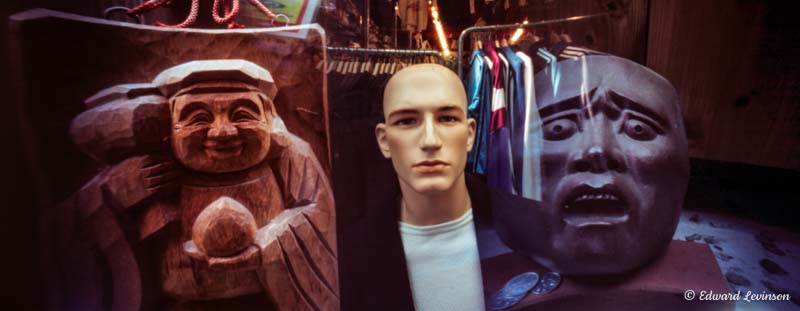
As an essayist and poet, most of my writing is in the personal narrative style, growing out of my experience in both the inner and outer worlds. This holds true even if I am doing travel-culture pieces or more formal journal articles. Same person: one mind, one heart.
Old Kyoto coffee shop
real green garden
Shriveled parsley on plate
Unshaven tired faced white coated waiter waits.
Golden statue bare breasts
Watching us with a laugh
As morning sun creeps
Onto to white wall
Calling us awake
Into the world we make.
(from “Kyoto Koffee”, written at Inoda Coffee main shop, 1990)
For me the biggest treat, whether on the city streets, temple or shrine grounds, in the woods or on the beach, is to experience places and people directly, to feel and share each other’s presence and to learn (or “unlearn” as is often the case!) as much as I can.
star shaped
pumpkin flowers
radiant humans
花カボチャ星に輝く人のごと
hana kabocha, hoshi ni kagayaku, hito no goto
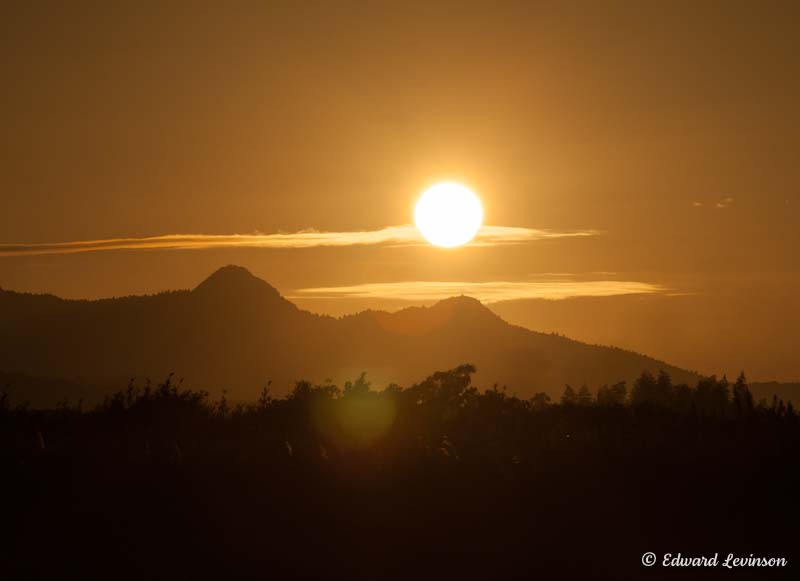
—-
Edward Levinson on the Web:
My photo website showcases a variety photographs and includes a movie page, exhibitions and other news, book info and writings. http://www.edophoto.com
Whisper of the Land (Fine Line Press, 2014), my memoir-like collection of essays based on my first 35 years in Japan, including episodes from Kyoto, has its own dedicated website. http://www.whisperoftheland.com
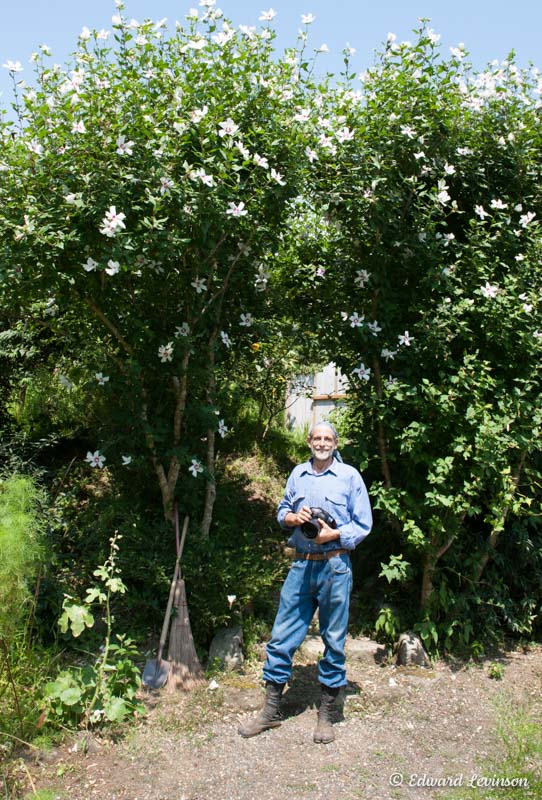
—-
Short Bio:
Edward Levinson was born in 1953 in Richmond, Virginia, USA. He came to live in Japan in 1979 and where has been active as a fine art and editorial photographer since 1985. He is especially well known for his pinhole photography.
Edward’s photo book Timescapes Japan received an Award at Prix de la Photography Paris 2007. Tokyo Story, his short pinhole movie, was an Official Selection at six film competitions, winning several awards. Other photo books include: Moments in the Light, Mind Games, Silhouette Stories, Spots of Light – Tokyo (Solo Hill Books 2017, 2019).
Writing publications include: Whisper of the Land (Fine Line Press 2014), a collection of essays based on his life in Japan which includes many photos; Balloon on Fire (Cyberwit.net 2019, haiku and photos); and two essay books in Japanese (Iwanami Shoten 2011, 2007).
Edward’s photographs have been regularly exhibited in Japan, the U.S.A., and Europe since 1994 and are in various museum and private collections. He is a member of The Photographic Society of Japan and The Japan P.E.N. Club. He lives on a hilltop on the Boso Peninsula in Kamogawa, Chiba Prefecture where he has a studio and gallery and tends his rather large Natural Garden for fun and inspiration.
Full C.V. at http://www.edophoto.com/profile_en.html
